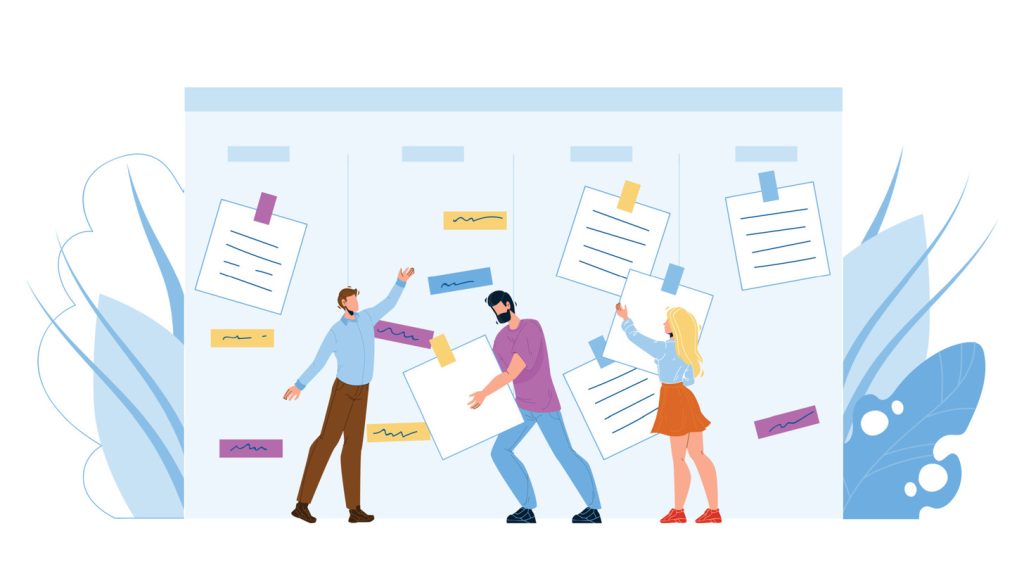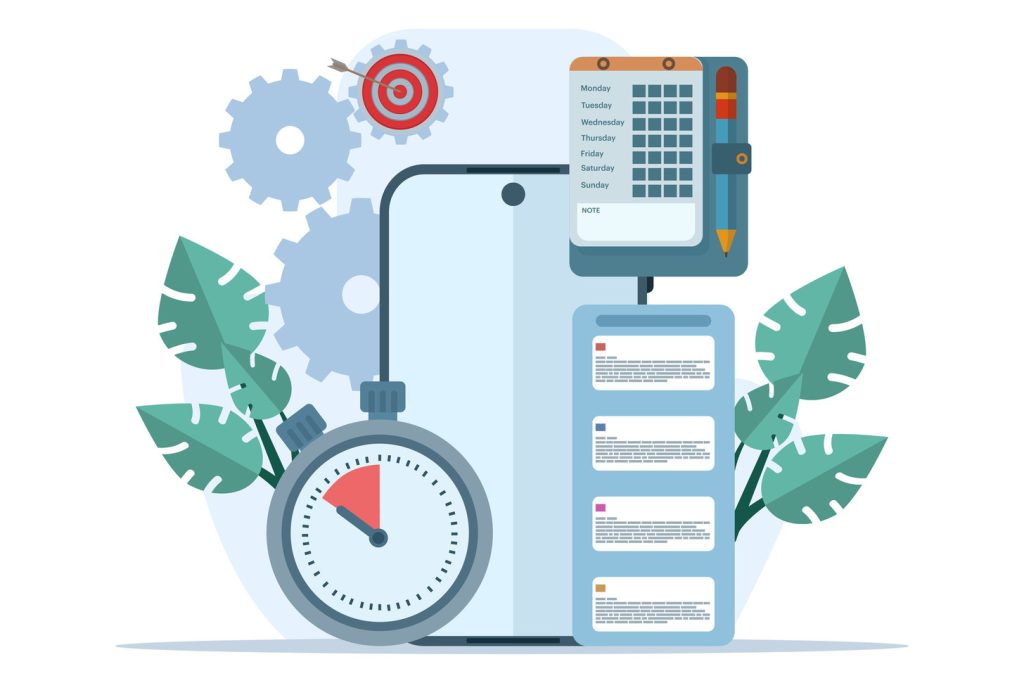Escalation Rules Tutorial: Streamlining Your Processes

Retaining clients demands more than quick fixes – it requires strategic systems that prioritize customer needs at every stage. Post-sales support often determines long-term loyalty, making efficient workflows critical. Automated processes like Salesforce escalation frameworks eliminate guesswork by triggering actions when specific conditions occur, ensuring teams address urgent cases swiftly.
These systems combine rule entries and actions to create a single active protocol for handling priorities. Businesses using this approach reduce manual oversight by 40% on average, freeing staff to resolve issues rather than track them. For example, linking these workflows to CRM automation solutions creates seamless handoffs between departments, maintaining service consistency.
Companies adopting intelligent prioritization models see faster response times and 28% higher retention rates. This shift transforms reactive support into proactive relationship-building – a necessity in competitive markets where delays cost revenue. By aligning automated triggers with customer expectations, organizations build trust while scaling operations efficiently.
Key Takeaways
- Automated case management reduces manual work, letting teams focus on solutions
- Single active protocols prevent conflicting priorities in support workflows
- Integrated systems maintain service consistency across departments
- Faster response times correlate directly with customer retention improvements
- Proactive frameworks turn support interactions into loyalty-building opportunities
Introduction to Escalation Rules in Salesforce
Salesforce’s escalation rules transform how organizations handle critical issues through intelligent automation. While traditional approaches focus on client interactions or billing, the platform treats any business process as a trackable case. Custom record types enable users across departments to manage both external requests and internal workflows efficiently.
Automated protocols trigger specific actions when predefined criteria are met, immediately alerting support teams to urgent matters. For instance, high-priority technical issues might route directly to senior engineers, while overdue tasks notify managers. “These systems don’t just solve problems—they prevent them by ensuring accountability,” notes a CRM automation expert. This approach reduces manual oversight by 40% in typical implementations.
Key benefits include:
- Priority-based routing that directs cases to appropriate users based on expertise
- Real-time compliance monitoring for service-level agreements
- Consistent response standards across distributed support teams
Companies using these workflows report 30% faster resolution times and improved client retention. Detailed tracking features provide auditable records for performance reviews, making the system vital for scaling operations while maintaining quality standards.
Implementing Escalation Rules for Effective Case Management

Optimizing case resolution begins with mapping existing workflows to pinpoint inefficiencies. Teams analyze historical data to identify recurring delays or bottlenecks in handling customer issues. This diagnostic phase reveals opportunities to align processes with organizational priorities and customer expectations.
Effective systems require clear criteria for action. Businesses often prioritize cases based on urgency, client value, or potential revenue impact. Multi-tiered protocols ensure complex issues reach specialized teams automatically, while routine matters follow standard paths. One healthcare provider reduced resolution time by 35% using this layered approach.
Success measurement hinges on tracking three metrics:
- Average response time per case category
- First-contact resolution rates
- Customer satisfaction trends post-implementation
Integrating these frameworks with CRM platforms creates unified customer profiles. Service teams gain instant access to interaction histories, enabling informed decisions during escalations. “Automation works best when it complements human expertise, not replaces it,” observes a Salesforce architect.
Training programs cement successful adoption. Staff learn to interpret system triggers while maintaining flexibility for edge cases. Regular reviews ensure protocols adapt to evolving business needs, keeping response strategies aligned with organizational goals.
Getting Started: Setting Up Your Escalation Rules
Establishing efficient case management begins with precise configuration of automated protocols. Salesforce administrators initiate the process through three streamlined steps that balance simplicity with strategic control.
Step 1: Navigate to Setup > Quick Find box. Type “Escalation Rules” and select the corresponding menu. This centralized hub manages all priority protocols.
Step 2: Select New to create fresh parameters. Name your protocol using clear identifiers like “High-Priority Tech Support” or “VIP Client Follow-Up.” The system permits only one active rule per category, requiring deliberate activation choices.
Step 3: Finalize configurations and Save. Before deployment, verify these prerequisites:
- Pre-built user queues with assigned team members
- Time zone-adjusted business hour definitions
- Approved notification templates for alerts
Technical teams recommend testing protocols in sandbox environments first. One financial services firm discovered 22% faster ticket resolution after refining test scenarios. “Simulated stress tests reveal gaps before real clients notice,” explains a Salesforce consultant.
Effective setups combine strategic naming conventions with thorough pre-launch checks. Organizations using this methodology reduce configuration errors by 58% compared to rushed implementations.
Rule Entry Fundamentals: Structure and Criteria
Effective case management systems rely on well-structured rule entries to prioritize and route issues accurately. These building blocks define when and how automated actions activate, creating predictable workflows that adapt to complex scenarios.
Understanding Rule Entry Order
When multiple rule entries could apply to a single case, evaluation sequence becomes critical. Salesforce processes entries top-to-bottom, stopping at the first matching condition. This hierarchy lets teams prioritize high-impact scenarios over general ones. For example, VIP client issues might trigger before standard support protocols.
Exploring Criteria Values and Formulas
Entry criteria use case fields, related records, or custom formulas to determine action triggers. Teams might set basic conditions like “Priority equals Critical” or build dynamic formulas checking SLA deadlines against real-time data.
“Formulas transform static rules into adaptive tools that mirror business logic,”
notes a Salesforce architect.
Key design principles include:
- Grouping related conditions to minimize redundant entries
- Using formula fields for calculations affecting multiple criteria
- Testing entry sequences to prevent overlapping triggers
Properly configured entry criteria reduce manual case sorting by 47% in typical implementations. Organizations achieve this by balancing simplicity with precision – complex enough to handle exceptions, yet transparent enough for quick adjustments.
Configuring Escalation Actions for Timely Response

Automated action settings transform how teams address urgent cases by eliminating delays. These configurations ensure critical issues reach the right personnel within precise timeframes, balancing speed with strategic resource allocation.
Age Over Calculations and Timing
Age parameters define when automated triggers activate. Teams specify thresholds in hour or 30-minute increments, syncing with business hours for accurate escalation timing. Three calculation methods adapt to different operational needs:
| Trigger Type | Activation Point | Best For |
|---|---|---|
| Case Creation | Starts at initial submission | Time-sensitive requests |
| Modified Disable | Pauses after first edit | Collaborative troubleshooting |
| Last Update | Resets with each change | Ongoing complex cases |
Auto-Reassignment and Email Alerts
Intelligent routing moves cases to specialized queues when thresholds pass. A telecom company reduced resolution time by 28% using tiered assignments:
- Level 1: Initial 30-minute alert to general support
- Level 3: Hour 2 escalation to senior technicians
- Level 5: Executive notification at 4-hour mark
Email templates notify stakeholders automatically, maintaining transparency. Systems can trigger multiple actions per case, creating progressive response sequences that intensify until resolution.
Utilizing Business Hours in Rule Setup
Aligning automated workflows with operational realities requires precise timing configurations. Support teams need systems that respect their availability while maintaining urgency for critical issues. Salesforce’s approach lets organizations define working periods that match their unique schedules, creating smarter response protocols.
Setting Custom Business Hours
Global enterprises often operate across multiple time zones or non-traditional shifts. Custom business hours let teams create location-specific schedules – like a 24/7 tech support queue in Manila or seasonal holiday coverage in Chicago. Administrators can build separate calendars for:
- Regional offices with distinct operating days
- Temporary service expansions during peak seasons
- Specialized teams handling after-hours emergencies
“Custom schedules turn rigid automation into adaptable solutions that mirror real-world operations,”
explains a Salesforce implementation specialist. This flexibility prevents system alerts during staff downtime while accelerating responses when teams are active.
Choosing to Ignore or Use Business Hours
Organizations select from three timing models based on service priorities:
| Configuration | Best Use Case | Impact |
|---|---|---|
| Ignore Business Hours | 24/7 support teams | Continuous clock for urgent matters |
| Case-Specific Hours | Client-defined SLAs | Aligns with contractual obligations |
| Custom Hours | Multi-location operations | Syncs with local team availability |
A healthcare provider reduced after-hours alerts by 62% using custom hours for outpatient services while maintaining real-time emergency protocols. This balance ensures resources focus where they deliver maximum impact.
Best Practices for Escalation Rule Design

Designing effective protocols requires balancing automation precision with operational flexibility. Leading organizations implement sandbox testing environments to validate logic flows before system-wide deployment. A healthcare network reduced misrouted cases by 42% through staged rollouts that identified conflicting criteria early.
Clear responsibility mapping ensures cases reach specialists efficiently. Teams should define tiered ownership models matching expertise levels – critical technical issues might trigger priority routing to senior engineers, while billing queries route to finance specialists.
| Platform Limit | Maximum Capacity |
|---|---|
| Protocols per object | 500 |
| Total active systems | 2,000 |
| Conditions per entry | 25 |
Integration planning prevents conflicts between automated systems. Coordinate triggers with workflow and assignment protocols to create unified responses. One retailer achieved 31% faster resolutions by synchronizing these elements with their CRM’s auto-response features.
Three maintenance strategies sustain long-term effectiveness:
- Quarterly audits comparing metrics against SLAs
- Centralized documentation of criteria logic
- Cross-departmental review sessions
“Detailed records transform complex configurations into adaptable assets,” notes a Salesforce architect. Regular updates ensure protocols evolve with shifting business priorities while respecting platform constraints.
Real-World Use Cases and Examples
Automated case management systems drive efficiency across industries by aligning technical solutions with operational priorities. These frameworks adapt to sector-specific challenges while maintaining core principles of timely response and accountability.
Healthcare Provider Escalations
A regional hospital network implemented priority protocols for patient safety. Their system flags cases marked “High” urgency with potential liability risks. If unresolved within 24 hours, cases automatically route to senior clinical staff while alerting department leads.
Key outcomes included:
- 47% faster resolution for critical care incidents
- Reduced legal exposure through documented response timelines
- Improved cross-department coordination during emergencies
Salesforce Consulting Case Studies
A tech consultancy firm streamlined client support using service-type criteria. Managed services cases inactive for 72 hours trigger tier-two team assignments and dual notifications. This approach prevented 83% of potential SLA breaches last quarter.
The system’s flexibility allows adaptation to:
- Client-specific response agreements
- Multi-phase project dependencies
- Resource availability across time zones
“Automation creates invisible safety nets that protect both clients and teams,” explains a customer success director. These models prove particularly effective in industries requiring audit trails and compliance proof points.
Overcoming Common Configuration Challenges

Implementing automated case workflows often reveals hidden technical hurdles that demand strategic troubleshooting. System admins face six recurring issues when optimizing protocols – most stem from execution sequences or access rights.
Workflow order determines outcome success. Salesforce processes actions in this sequence:
| Process Stage | Action Type |
|---|---|
| 1. Validation | Data integrity checks |
| 2. Assignment | Case routing |
| 3. Auto-response | Initial client communication |
| 4. Workflow | Immediate actions |
| 5. Protocol activation | Priority handling |
Overlapping criteria create conflicting triggers. Teams resolve this by:
- Reviewing all active systems quarterly
- Testing scenarios in sandbox environments
- Documenting decision hierarchies
Permission errors often block case transfers. A healthcare IT admin shared: “We solved 80% of access issues by creating role-based queues with clear ownership markers.” Regular security audits prevent these oversights.
Email alert failures typically stem from three sources:
- Inactive user accounts
- Missing template merge fields
- Outdated contact information
Performance optimization requires balancing automation complexity with processing speed. Organizations using formula-heavy criteria should schedule off-peak recalculations. One logistics company achieved 19% faster processing by simplifying nested IF statements.
Integrating Communication Tools with Escalation Processes
Modern teams need communication tools that act as force multipliers for critical alerts. By connecting platforms like Slack to case management systems, organizations turn static notifications into dynamic action triggers. This approach bridges the gap between automated protocols and human response.
Slack Integration for Streamlined Alerts
Teams can generate unique email addresses for Slack channels or direct messages. When priority cases meet specific thresholds, automated systems send alerts directly to these addresses. This converts email notifications into real-time channel posts visible to entire teams.
Financial services firms using this method report 33% faster acknowledgments of urgent requests. “Slack becomes mission control for high-stakes cases,” notes a customer success director. Integration works best when paired with clear channel naming conventions and permission controls.
Custom Email Templates for Notifications
Tailored email templates maintain professionalism while accelerating responses. Effective designs include case reference numbers, escalation reasons, and required actions. Teams should create variations for different urgency levels and recipient roles.
Version control ensures consistency across departments. A healthcare provider reduced miscommunication by 29% using standardized templates with editable fields for case-specific details. Regular audits keep messaging aligned with current protocols.
Multi-channel strategies combine platform alerts with email updates. This redundancy guarantees stakeholders receive critical information through their preferred medium. Organizations achieve 41% faster resolutions when pairing Slack integrations with structured email workflows.

